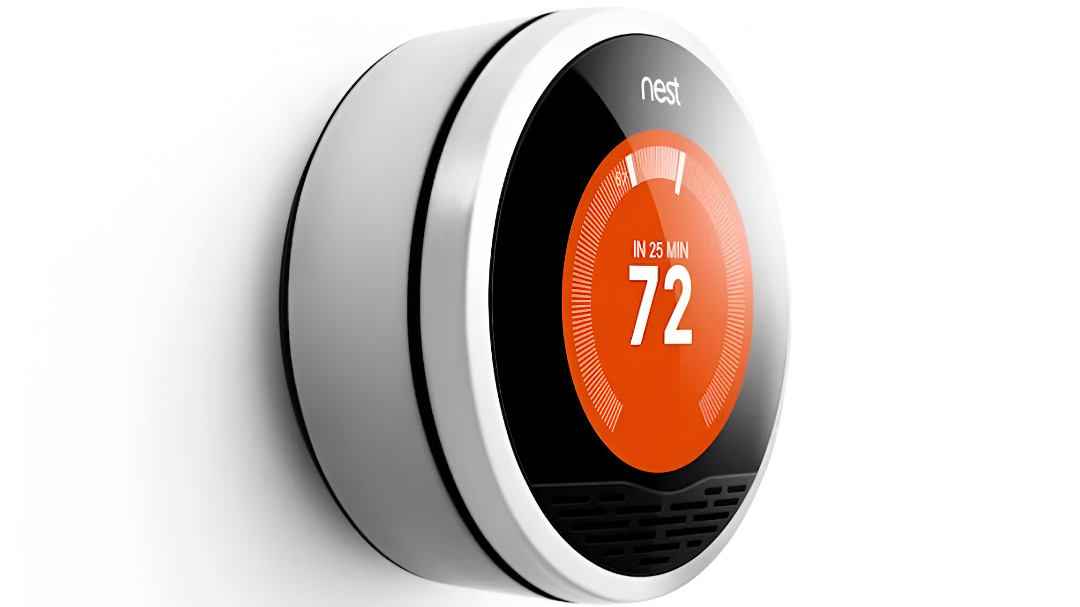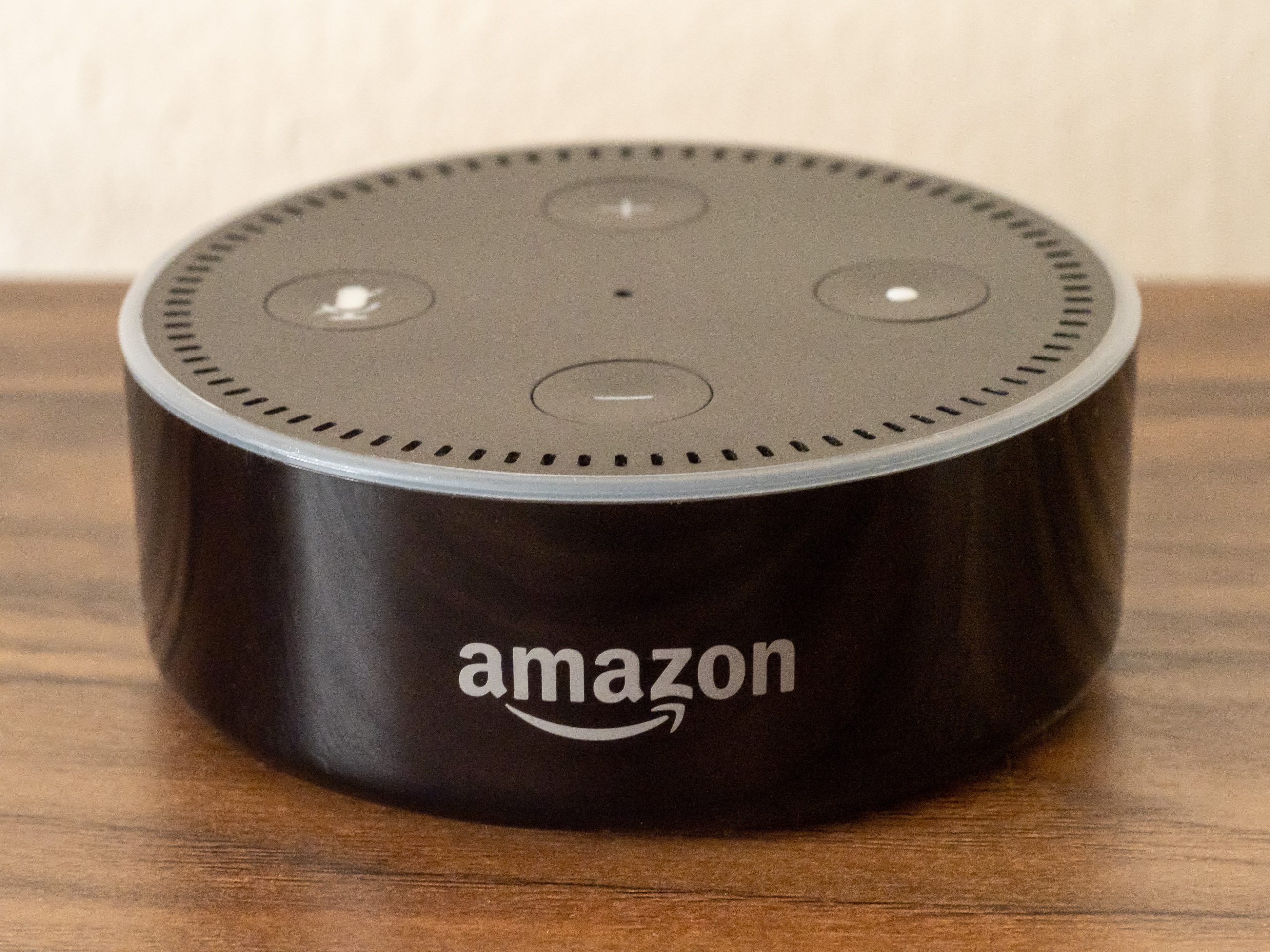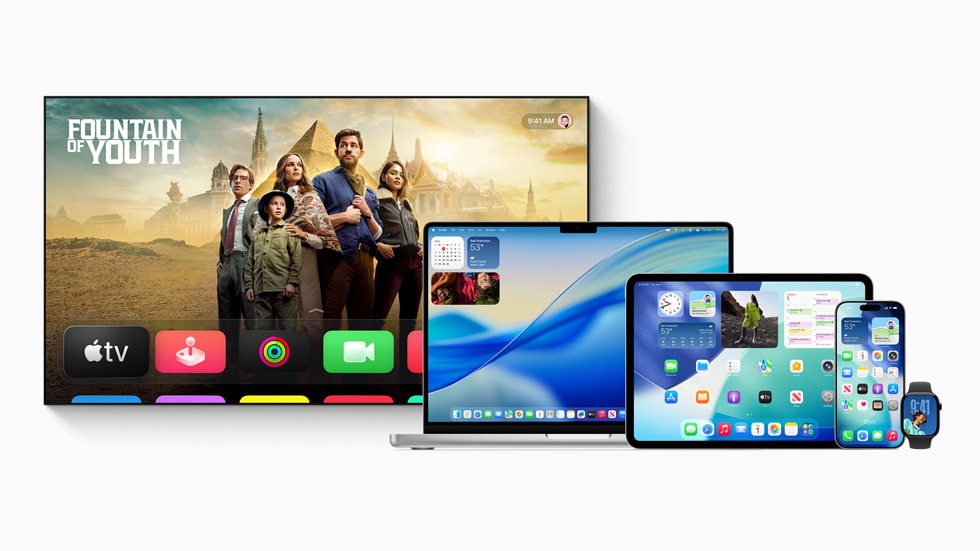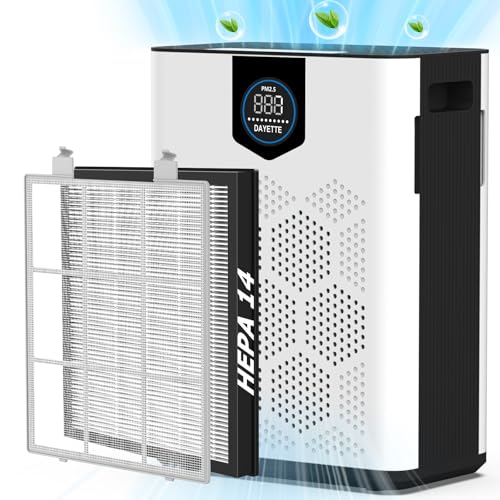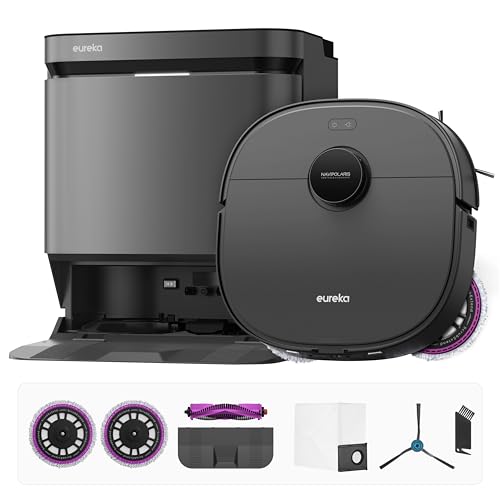Remember when the original Nest Thermostat arrived in 2011, looking like something straight out of a sci-fi movie compared to the beige plastic rectangles hanging on walls across America? That sleek hockey puck of innovation is now heading for Google’s growing tech retirement community.
Google announced on April 25 that support for first and second-generation Nest Learning Thermostats ends October 25, 2025. These pioneering devices—the ones that helped launch the entire smart home revolution—will continue functioning as basic temperature controllers but will lose the very features that made them revolutionary. Many consider it to be one of the best smart thermostats.
The Great Lobotomy
When the support deadline hits, these early Nest models become what tech enthusiasts might call “vintage-smart”—devices that look modern but function like their analog ancestors. The cloud connection disappears like Thanos snapped his fingers, taking with it remote app control, voice commands, and smart home integration.
The practical translation? The device stays on your wall, controlling temperature and running schedules, but the brain that made it special gets switched off. No more checking temperatures from your phone. No more “Hey Google, make it warmer.” Just good old-fashioned walking across the room to press buttons.
Regional Realities
North American users at least have an upgrade path. Google offers a $130 discount in the U.S. and CA$ 160 in Canada on fourth-generation models—nearly half off retail price. Not terrible compensation for having your smart home’s central nervous system deprecated.
European users face a much colder reality. Google hasn’t released a new Nest thermostat in Europe for over a decade and has no plans to start. Instead, European customers receive a consolation prize: 50% off a third-party Tado thermostat. It’s similar to having your Ferrari recalled and being offered a discount on a Toyota.
“Heating systems in Europe are unique and have a variety of hardware and software requirements that make it challenging to build for the diverse set of homes,” Google says, explaining their European retreat.
The Bigger Picture
This transition marks one of the largest forced smart home migrations to date, affecting a significant number of users worldwide. Industry experts note that while Google supported these thermostats longer than the industry standard, the situation highlights the precarious nature of cloud-dependent devices.
When that server connection disappears, even the most revolutionary gadget can transform into an expensive paperweight. For smart home enthusiasts, it’s a stark reminder that today’s cutting-edge technology often comes with an invisible expiration date.
What To Do Now
For affected users, the clock is ticking. Options include upgrading through Google’s discount program, switching to third-party alternatives, or simply accepting your thermostat’s new, less intelligent existence. Google will send affected users an email with further information regarding the thermostat changes. In more positive news, the company is upgrading Google Fi’s Unlimited Plan.
Whatever choice makes sense, don’t wait until October to decide. Like showing up to the theater after the trailers have finished, arriving late to this particular technological transition means potentially missing out on the best seats, or in this case, the best alternatives and discounts.


